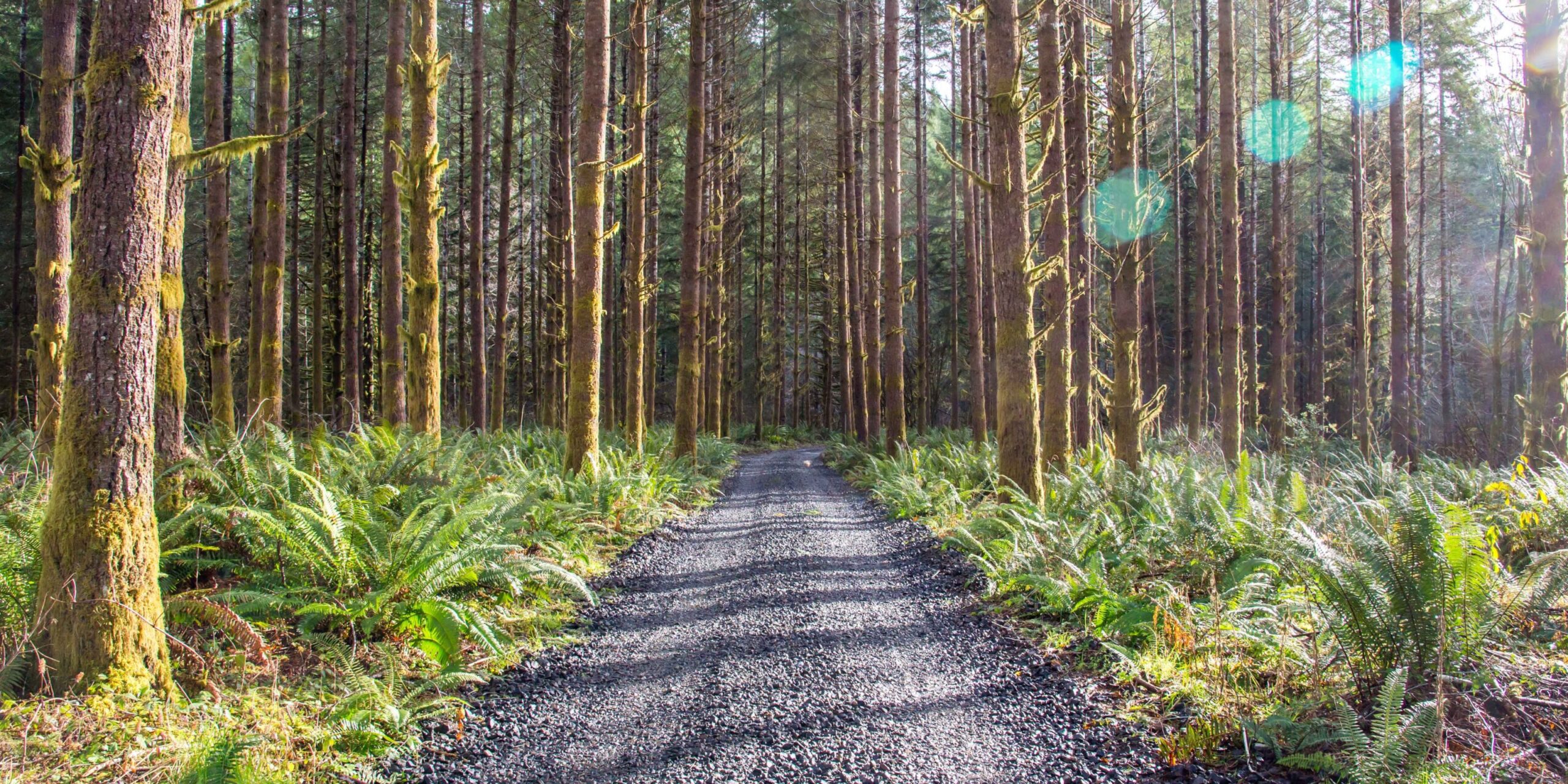
Work. Play. Renew.
5 Ways Humans Can Help Prevent Wildfires
To paraphrase a U.S. Forest Service icon, it’s up to us to manage wildfire prevention. Smokey Bear has a good reason for giving us the responsibility as nearly 85 percent of wildfires are caused by human activity. As such, it’s our duty to manage our forests responsibly, minimizing the risk of catastrophic wildfires. There are a lot of ways Oregonians can help prevent wildfires, both on the individual and societal scale. Here are just a few ways that you can help prevent wildfires.
1. Check the Weather Conditions
Before heading into nature, see what the weather is going to be like in the area. Has it been hot lately, and will it continue to be hot? Might you encounter strong winds? Is there currently a drought? These, along with a number of other environmental factors, can greatly increase the risk of fires starting and spreading. When planning on spending any amount of time in a forested area, it is essential to have a firm grasp on the wildfire risk for the day.
Even if you aren’t planning on starting a fire, something as simple as hot car exhaust touching dry grass can start a blaze. As part of their wildfire prevention measures, many publicly managed lands will announce the fire risk and restrictions for a given day depending on conditions in the area and expected weather. Refer to these, as well as other public sources of information, to decide what activities are and are not fire-safe for the day.
2. Be a Responsible Steward of Campfires
When you imagine a night in the Oregon wilderness, it’s hard not to picture a campfire to keep you warm. While campfires are an iconic part of the outdoor experience, if not handled correctly, they can also easily spread out of control. One of the most important parts of wildfire prevention is dutifully managing personal campfires. Use these steps to ensure you and the land are safe:
- Clear away any flammable objects near the fire area. This goes for camping equipment as well as natural detritus, such as dry grass, leaves and brush.
- Build a circle around the fire with rocks to prevent it from escaping the cleared area or use a designated metal campfire ring. And once the fire gets going, never leave it unattended. Always have water nearby at the ready.
- When it’s time to call it a night, douse the whole thing with water until it’s cool to the touch.
3. Be Mindful of Equipment and Vehicles
Even when not trying to start a controlled campfire, human activity itself can pose a wildfire threat. Whether you’re a recreational camper or actively working in forestry, you should take care when using any kind of equipment or machinery.
For most people, this primarily boils down to camping equipment and off-road vehicles. When using gas-powered vehicles or lanterns, make sure nothing spills onto dried vegetation. When possible, use flameless alternatives instead. Minimize the fire risks you bring to the woods, and be careful with the ones you do need.
4. Be Cautious of Fire Risks at Home
Most people recognize the need to be cautious of fire risks in the great outdoors, but wildfires can start at home too. Activities such as backyard burning, lighting fireworks, smoking or even mowing your lawn could increase the risk of fire around your home, and it’s not just your house at risk. With the right conditions, a small fire at home could quickly spread out of control and beyond the borders of your yard. It’s important to take precautions so this doesn’t happen.
If you plan to do some backyard burning, for instance, start by checking the burning restrictions in your county and city. Fire season hazards apply to cities as well as forests. It’s a good rule of thumb to treat a burning at home as you would a campfire: clear the area around the burn pile of flammable materials, keep water close, don’t leave the fire unattended and ensure the fire is completely extinguished when you are finished.
5. Manage Our Forests Properly
Through active forest management, wildfire prevention is implemented on a larger scale. By using proven practices like logging, thinning and controlled burns, professional foresters reduce the amount of fuel available to a wildfire.
Additionally, by maintaining a system of roads throughout the forests, foresters provide firefighters with critical access, so that if a fire does break out, firefighters can quickly get to the fire. Roads often also serve as fire breaks, or areas without trees and vegetation that can stop a fire from continuing to spread. Foresters also diligently monitor the health of the forest, looking for insect infestation and diseases that can make trees more susceptible to fire.
Learn more about wildfire prevention by exploring the Oregon Forests Forever website. People play an important role in helping Oregon forests thrive.
[/et_pb_text][et_pb_code _builder_version=”4.19.2″ _module_preset=”default” hover_enabled=”0″ sticky_enabled=”0″][/et_pb_code][/et_pb_column][/et_pb_row][/et_pb_section]